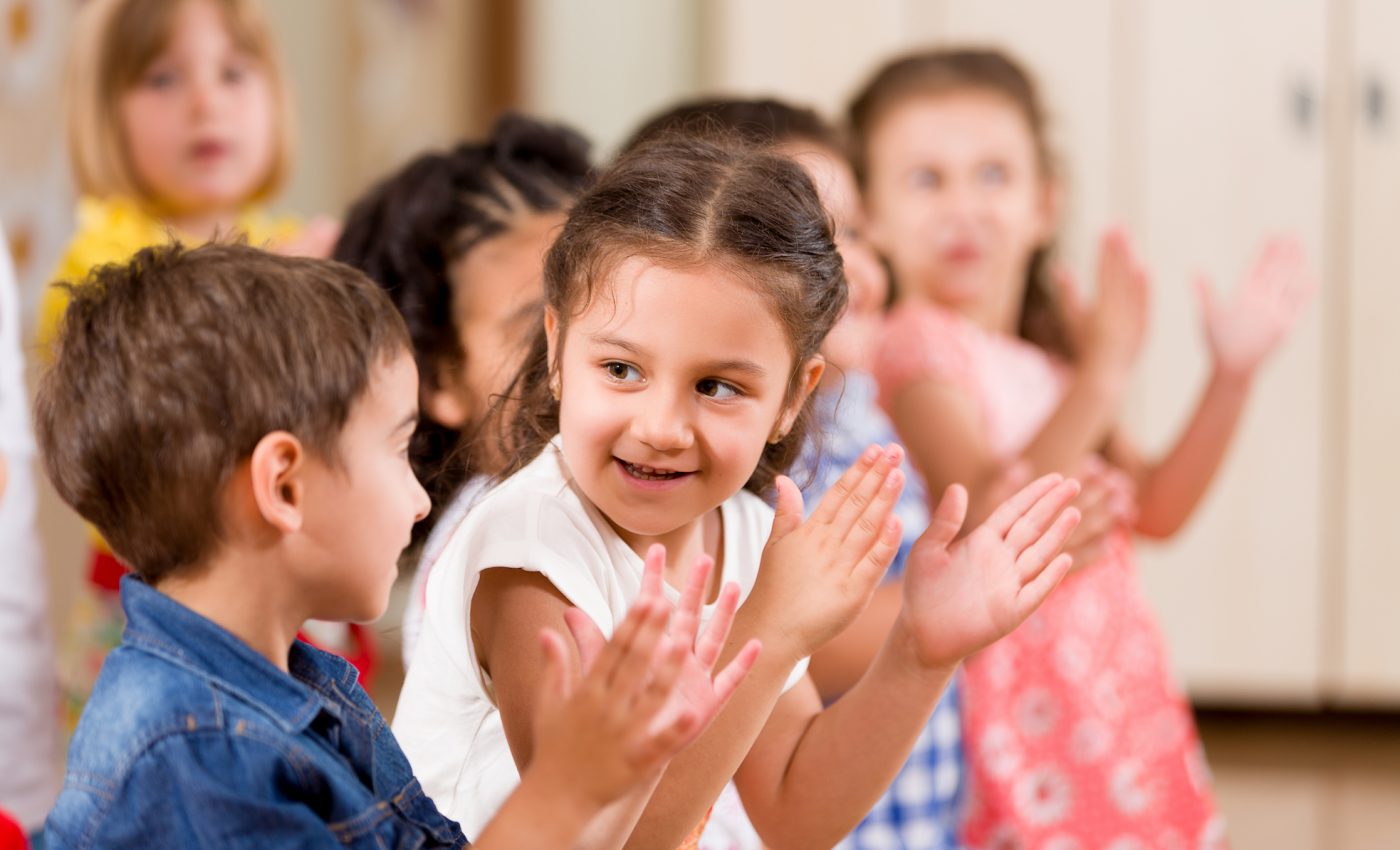
Evidence of racial and gender bias found among 4-year-olds
A new study from Northwestern University has found consistent evidence of racial bias in 4-year-old children. While examining their responses to images of other children, the researchers found that 4-year-olds responded much less positively to images of black boys.
The images varied both in race and in gender. The children generally had a positive response to black girls, white girls, and white boys. The attitude toward black boys, which was observed in both white and non-white children, reflects harmful patterns of intersectional bias that have been exhibited by many adults.
The experts noted that the outcome was not related to measures of the children’s exposure to diversity. The findings highlight the importance of addressing social bias in children even before they have entered preschool or kindergarten.
“These results advance our understanding of the origins of social bias,” said study lead author Danielle Perszyk. “They showcase young children’s exquisite sensitivity to the interactions they observe in the world around them.”
“To discover how children’s social and cultural environments shape the biases they come to hold, it is essential that we investigate how biases emerge among children from diverse racial, ethnic and demographic communities.”
Senior author Sandra Waxman explained why the was focused on study preschool-aged children.
“The preschool years are key because they represent an ‘inflection point’ when children typically begin to interact more broadly with individuals beyond their families and close friends,” said Waxman. “This greater exposure affords children an opportunity to observe social biases evidenced in their communities. Evidence from 4-year-old children is also important because in contrast to the social biases held by adults, those of young children are highly malleable.”
For the analysis, the researchers adapted an implicit bias task that has been traditionally used with adults and older children. The children viewed images of black and white girls and boys, which were presented briefly and quickly followed by a neutral image, such as a Chinese orthographic symbol. The children were asked how much they liked each neutral image.
Across two experiments, children favored the images following faces of white children over those following black children. However, this bias was found to extend even further to gender, as the children consistently rated neutral images with the least positivity if they followed pictures of black boys.
“This work raises crucial new questions,” said Perszyk. “For example, it will be important to broaden this empirical base by including more children from diverse racial, cultural and socioeconomic backgrounds and by examining the emergence of social bias in communities where race, majority status and social status may be less intertwined.”
Waxman added, “Identifying how social biases emerge in diverse racial, ethnic and demographic contexts will be essential for identifying how children’s social environments shape the biases they come to hold. In our view, this evidence will be key for raising the next generation with less pernicious racial and gender biases than our own.”
The study is published in the journal Developmental Science.
—
By Chrissy Sexton, Earth.com Staff Writer













